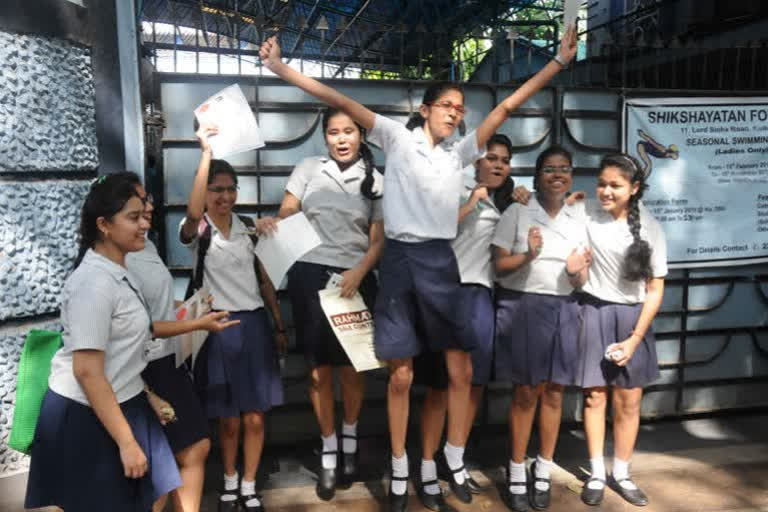Hyderabad: The Kasturi Rangan Committee Report which was tabled at the first meeting of the Ministry of Human Resource Development and approved by the Cabinet on the first day of the second stint of the Modi government aims at building a dynamic science-based new society in the country.
The prophetic ambition to remodel the Indian teaching-learning system as one of the best in the world by 2040 through decisive reforms at various levels from nursery to higher education is very laudable. In the wake of the sharp criticism in 1991 that the national education system of 1986 had lost its relevance, though minor changes were made in 1992, it still remained an incomplete exercise.
The new approach which professes a robust educational structure that takes into account the problems and challenges in various periods, is many times better compared to the half-hearted and unsuccessful attempts made in the past.
If the education sector is strengthened, the flexibility and opportunity to maximize the utilisation of human resources in productive processes will rewrite the new future of the nation. By the time schooling is completed, the new curriculum has given due prominence to vocational skills in some professions, teaching in the mother tongue, reducing the heavy weight of the back-pack of school books by rationalising and reducing the syllabus, and allocation of six per cent GDP to education.
Generous allocations in budgets are essential for the realisation of education for all on a solid foundation. The qualitative transformation unveiled by the new education system will be possible if the amount currently spent by the central and state governments (4.4 per cent of GDP) increases by another Rs 2.25 lakh crore.
While ‘ASAR’ reports are critical about the way primary education in the country is neglected, even higher education is no better. The higher the qualification, the greater the unemployment is the order of the day! The right antidote to this is to reform education from the grassroots! By giving preference to teaching in mother tongue, Germany, Japan, Italy and Egypt are achieving significant growth in productivity.
Read: National Education Policy 2020: Possibilities and pitfalls
While Maharashtra, Tamil Nadu and Karnataka have understood the importance of their own language, we see many other states are giving undue prominence to English medium teaching. Although the rule of the English is gone from the country, the obsession with the English language is not leaving this land. According to the guidelines of the new national education system, all the states should work together to put aside the narrow politics and support teaching in the mother tongue medium up to the fifth class and up to the eighth if possible.
Some parents prefer English medium education with the sole hope and trust of better job prospects for their children. The Centre and the states should change the rules to ensure government jobs to only those who can read and write fluently in their mother tongue. The mother tongue should also be extensively used in governance -- correspondence and other activities. Only then the key reforms of the new education system will permeate and inspire the entire nation.
With 20 per cent of teachers and 45 per cent of contract staff in the country without the required training, a high level academic and training institute on par with IITs and IIMs must be established to provide the highest level of teacher training and education.
Policy design is one thing, effective implementation is another. Obsolete education methodologies, unqualified and inefficient teachers, degrees that cannot ensure livelihood, and the examination pressures. If only the governments realise these deficiencies and work sincerely to free the future generations from these obstacles, the Indian education would revive to meet the hopes and aspirations of the New Education Policy.



